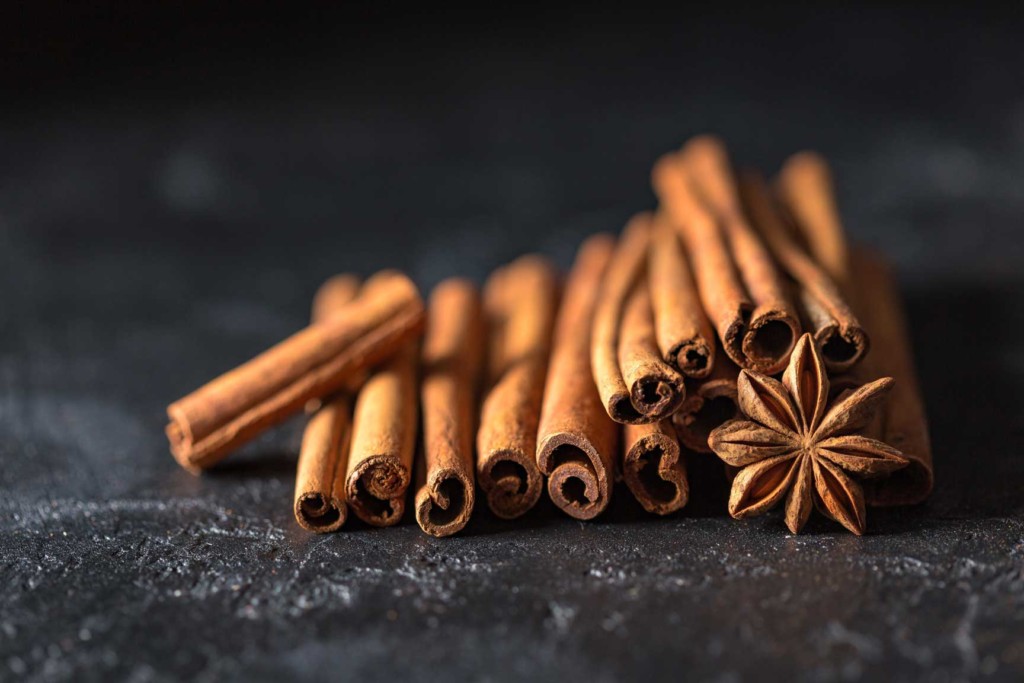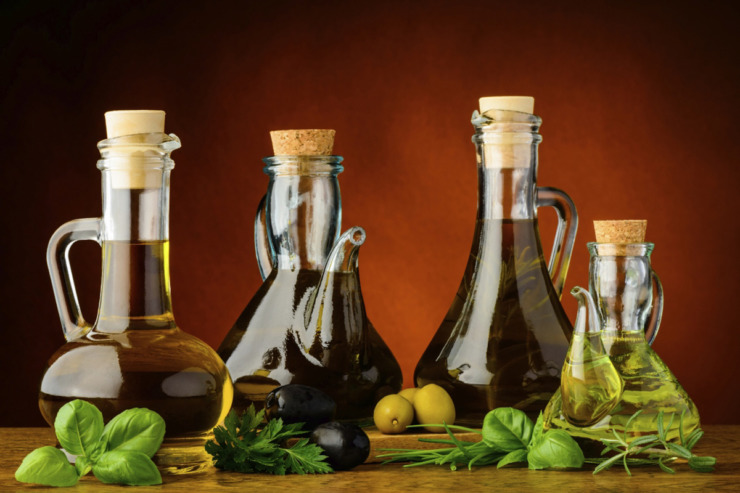Cinnamon is a spice produced from the bark of plants of the genus Cinnamomum and is used in cooking and confectionery. In ancient times it has been used both for its medicinal properties and for the preservation of certain foods. It is now commercially available in powder or peel form, having a reddish-brown colour and a strong aroma.
CANELA & CASIA
Cinnamon is identified by the shape of the wood. Cinnamon has long and delicate sticks with thin layers that when rolled up have a solid shape, almost like a cigar. The cassia has a hard bark (sticks), has a hole in the middle when rolled and is not easily rubbed. In this post we will not talk so much about the taste differences, but about the properties of cinnamon and cassia, as far as our body is concerned.
Cinnamon Ceylon
A valuable spice for our kitchen and pharmacy. Its price can be 10 times higher than cassia. Colour light brown or beige. Thin, paper-like, texture with many layers and compact when rolled. Fragile, breaks easily; aroma delicate, sweet, slightly reminiscent of cloves and vanilla.
Cassia Indonesia or China
Very common and cheap spice. Colour dark reddish-brown. Thick piece of wood with a few layers when rolled and a hole in the center. Hard, difficult to grind and break. Intense, sharp, spicy aroma.
Use of:
In cooking it is mainly used as a seasoning and in pastry it is included in many recipes such as apple pie, doughnuts, melomakarona, baklava etc. It is also added as a flavouring to caramels, coffee, tea, hot chocolate, liqueurs and many other alcoholic beverages.
NUTRITIONAL INFORMATION
1 teaspoon of cinnamon 2,6gr
Energy (kcal) 6
Proteins gr 0,10
Fat gr 0,03
Carbohydrates gr 2,10
Vegetable fibre gr 1,4
Calcium mg 26
Iron 0,22
Magnesium 2
Vitamin C 0,1
The effects of cinnamon on our health seem to be beneficial. Cinnamon has been found to have anti-cancer, anti-inflammatory, anti-microbial and antioxidant activity. In many studies it has been observed to help inhibit the growth of bacteria and fungi including Helicobacter pylori, Candida as well as salmonellosis.
Studies in patients with prediabetes or insulin resistance have shown that cinnamon can improve blood glucose levels and insulin sensitivity. It seems that the polyphenols it contains mimic the action of insulin and thus contribute to glycaemic control.
In addition, cinnamon also appears to have a positive effect on the regulation of type II diabetes mellitus. It has been observed that the intake of up to 6 grams of cinnamon per day reduces fasting glucose levels by 18-29%, triglycerides by 23-30%, LDL cholesterol by 7-27% and total cholesterol by 12-26%. It appears that consuming 1-6g of cinnamon per day has a positive effect on type II diabetes, while larger amounts may negatively affect liver function.
In type II diabetes mellitus, blood glucose levels should be kept within normal limits and glycated haemoglobin (HbA1c) should remain below 7%. It has been observed that the daily intake of 2 grams of cinnamon can help to reduce Glycated Haemoglobin (HbA1c) and significantly improve blood pressure. It appears that cinnamon has the ability to delay gastric emptying (gastric contents) resulting in reduced levels of postprandial glucose and Glycosylated Haemoglucose (HbA1c) in patients with Type II Diabetes.
So, it would be important to include cinnamon in our daily diet, by adding a teaspoon of cinnamon powder to yoghurt, tea, coffee, fruit salad, milk with cereals, cream or rice pudding, various sweets, a milkshake mix with various fruits of our choice as well as in foods we consume daily. Eating it in this way will give us a different oriental taste and help us regulate our blood sugar.
Agni-Maria Papadopoulou
Dietitian-Nutritionist
agnimaria_pap@yahoo.gr
Member of the Union of Dietitians – Nutritionists of Greece (EDDE)
Sources:
1. Iqbal, Mohammed (1993). “International trade in non-wood forest products: An overview”. Food and Agriculture Organization of the United Nations. Retrieved November 12, 2012.
2. “Cassia, also known as cinnamon or Chinese cinnamon is a tree that has bark similar to that of cinnamon but with a rather pungent odour,” remarks Maguelonne Toussant-Samat, Anthea Bell, tr. The History of Food, revised ed. 2009, p.437.
3. Fred Czarra. Spices: A Global History. Reaction Books (May 1, 2009)
4. Alam Khan et al. “Cinnamon Improves Glucose and Lipids of People With Type 2 Diabetes “PHD. DIABETES CARE VOLUME 26, NUMBER 12, DECEMBER 2003
Jean-Jacques Dugoua, et all. “From type 2 diabetes to antioxidant activity: a systematic review of the safety and efficacy of common and cassia cinnamon bark”. Canadian Journal of Physiology and Pharmacology, 2007, 85(9): 837-847






